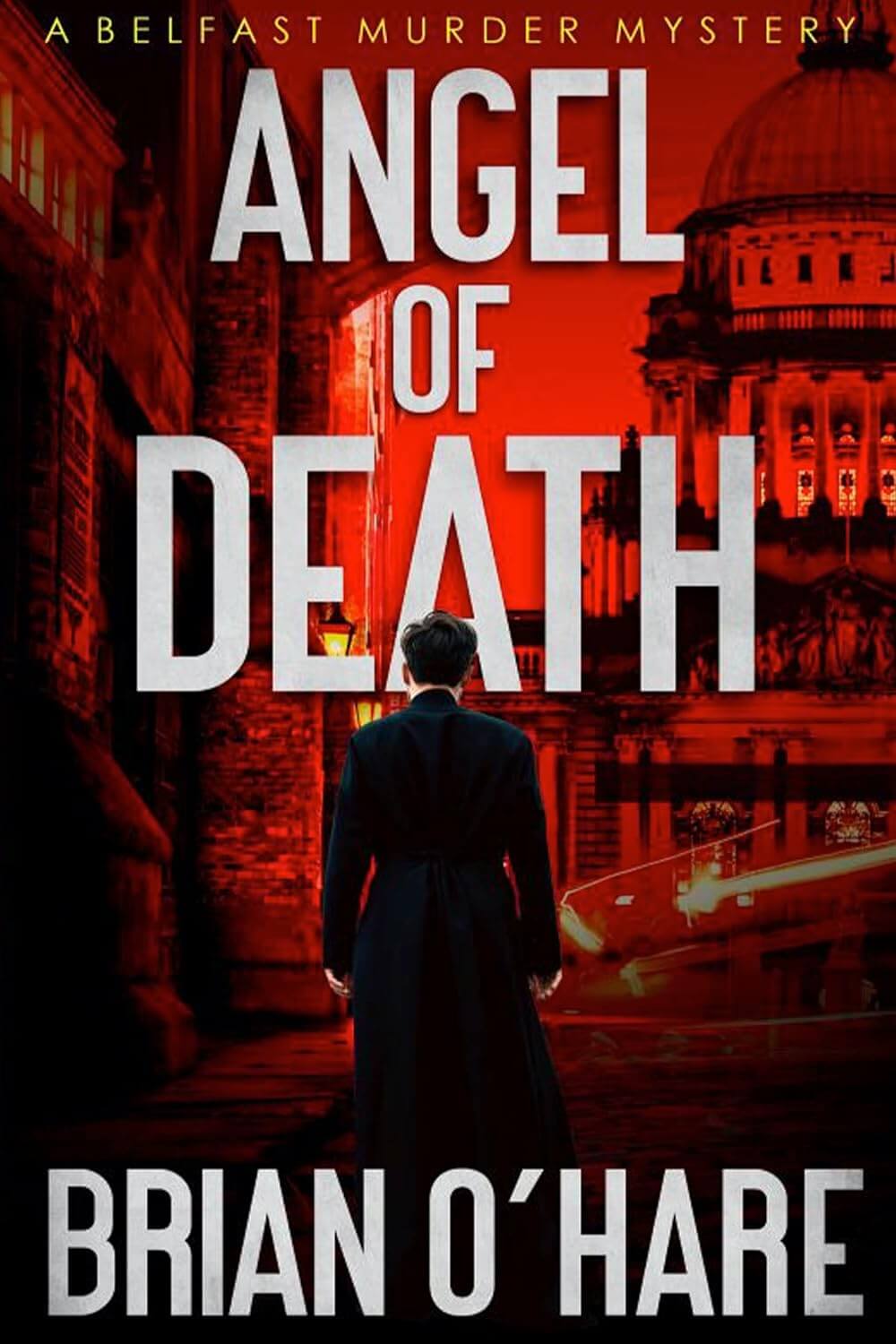Genre
Audience
Author’s Worldview
Year Published
Themes
Reviewed by
Angel of Death introduces Detective Chief Inspector (DCI) Jim Sheehan in Belfast, Ireland, who is called on to investigate the kinky murder of a Catholic Archbishop. If you like police procedurals, you know the form: there’s a detective who is eccentric in some way, a cast of departmental supporting characters, a distinctive setting that determines the scope of the action, and at least one corpse that launches the story into an investigation. DCI Sheehan takes an eccentric turn when his investigation into the Archbishop’s murder starts to provoke a spiritual awakening and an unexpected reversion to the faith of his childhood. It doesn’t hurt that the church organist he has to interview for the case happens to be a lovely widow with fine brown eyes. This sweet romance subplot tilts the story toward the more lighthearted end of the spectrum, as police procedurals go. DCI Sheehan is lonely, but he is not embittered. He is doubtful, but not cynical.
Sheehan’s department includes both Catholics and Protestants, and all of them have overshadowing their past The Troubles: an ethno-nationalist conflict in Northern Ireland that lasted from the late 1960s to the Good Friday Agreement of 1998. Of course, for centuries prior to The Troubles, violence warped the relations of Protestants and Catholics in Ireland. If there’s any city in the Western world where a sectarian serial killer could emerge, Belfast would be the likely place. So, the premise of Angel of Death comes across as actually believable, which isn’t always the case in this genre. The twist here is that this killer seems to be motivated by a new schism: one within the Catholic Church.
Angel of Death vividly illustrates a Christian principle–for a man’s anger does not bring about the righteousness of God (James 1:20). This spiritual element is more than one might expect of this sort of story, and it was just enough to add a welcome depth without slowing the pace of the narrative. Also welcome were the vivid descriptions of Belfast, and the chapters from several points of view that added variety and interest as the story unfolded. I did guess the identity of the perpetrator, but right around that time, the narrative took a turn toward the thriller genre, with scenes from the perspective of the killer. By the end of the book, I had a clear sense of DCI Sheehan and of several of his colleagues, as well as of the lines of conflict in their environment. The depictions of strife within sections of the Catholic Church were accurate and even-handed, and contributed to the telling of the story without derailing the plot.
Anyone who likes police procedurals (except for readers who can’t bear to think about religion at all) can easily devour this fast-paced, readable book. I certainly hope that Brian O’Hare will submit the next volume of his series for review, because I am itching to read on.



